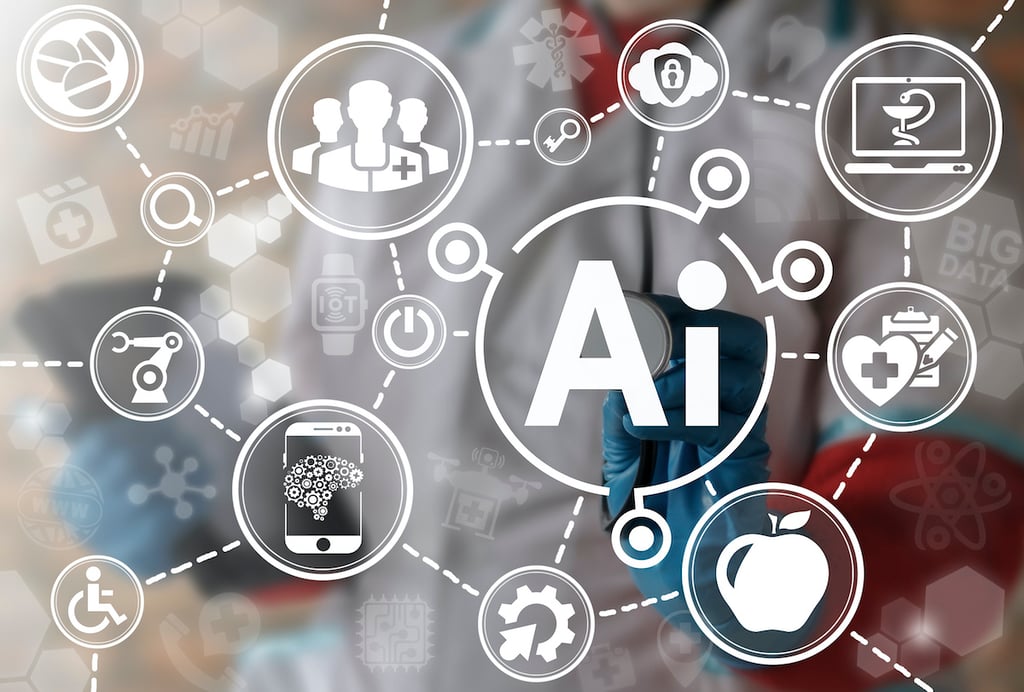Business Intelligence (BI) and Big Data analytics tools have fundamentally transformed the way organizations operate. Business leaders across industries now use Big Data analytics technology for a wide range of processes, objectives and management needs. And the potential applications of modern BI tools are practically endless, as virtually every aspect of operational management and strategic oversight can benefit from more powerful and rapid insights.
But while the technology is there, studies have shown that return on investment (ROI) has been elusive at best for the vast majority of adopters. In fact, business analysts claim that 80 percent of their time is spent preparing data for analysis, and they still never seem to have the information they need.
Self-service data preparation (prep) is a critical, yet often overlooked, factor in the analytics process. In this slideshow, Datawatch Corp, has identified five essential self-service data prep capabilities every analyst must be able to access to derive maximum value from analytics solutions and help their organizations make more meaningful and timely decisions.

Preparing Data for Analysis
Click through for five essential self-service capabilities every analyst must be able to access to derive maximum value from analytic solutions and ensure their organizations makes meaningful and timely decisions, as identified by Datawatch Corp.

Multi-Structured and Streaming Data
Anyone can easily connect to relational data, CSV and other standard-structured data. But often the data that provides the most analytical value is locked away in multi-structured or unstructured documents, and it seems impossible to use this information without rekeying the data.
Analysts must be able to quickly and easily acquire any data at any speed, including information from multi-structured sources, such as PDFs, text reports and web pages, as well as real-time streaming data. Self-service data prep technology can play a pivotal role in this endeavor by extracting, cleansing, preparing and blending this otherwise unworkable data into high-value information for solving business problems. And, as a result, data experts can spend the majority of their time on analysis – not data prep.

Data Masking
Data discovery tools provide tremendous business value, but they can also pose significant risks if data isn’t handled in the right way. While this technology can help users build and share information, many times the information contains unprotected personally identifiable data (e.g., Social Security numbers), sensitive personal data (e.g., medical records and procedures) and commercially sensitive data. Internal employees are the most common cause of data breaches, and data loss can result in customer and revenue loss, compliance fines, legal action and brand damage.
Data masking functionality enables analysts to easily and reliably remove or obscure confidential data with intuitive redaction capabilities without impacting its value in the analytics process. Using this feature, analysts can access, analyze and share critical data, even in heavily regulated industries like health care and financial services, without compromising customer and employee privacy.

Automated Processes
Any data analyst will tell you how difficult it can be to access, prepare and combine data from a variety of sources. But the real value of data discovery and advanced analytics tools comes only when the right information is brought together, in a timely and trusted manner. The value analysts bring to the business is in the insights they provide, not the mundane time spent on prep work.
Robust data prep technology can automate prep processes based on a predetermined schedule, or when source data changes or becomes available. Automating tasks and updates, such as data acquisition, prep and distribution, drives significant time and cost savings while reducing the potential error associated with redundant manual processes.

Integrated Data Prep and Data Discovery
Data prep is typically an extremely iterative process where analysts are constantly moving data into a visualization tool only to realize that they need to make additional changes to the information. So, they go back into their prep solution, carry out the necessary modifications and then bring it back to the visualization tool. And traditional BI products typically only provide static dashboards of charts and graphs drawn from limited sets of structured, historical data.
Advanced data discovery solutions combine self-service data prep with visual data discovery, enabling analysts to simultaneously prepare and visualize data side-by-side in an interactive, intuitive visual analysis environment. Prepared data can be saved in a variety of native BI formats, so users can immediately visualize it in Tableau, Qlik, Excel or other analytics tools. Using this functionality, business users at any level can identify patterns and outliers, get answers quickly, and gain real-time operational intelligence from practically any data source.

Risk and Governance Controls
The move to self-service data prep is all about speed and agility for the business user. But for IT, it means limited oversight, and with that comes increased risk. Most organizations have robust strategies to govern data that resides in managed systems like enterprise applications and data warehouses, but lack an approach to protect information pulled from multi-structured or unstructured sources. IT must be able to know how and when all data is accessed, who is authorized to see it and what changes are being made.
Data prep solutions should address governance risks by securely storing, managing and controlling access to source content, prepared data, reusable extraction and prep models, and created visualizations and dashboards – without impeding self-service analytics processes. The most useful data prep technology bridges the gap between the ease-of-use and flexibility that business users demand and the governance, automation and scalability needed by IT.














